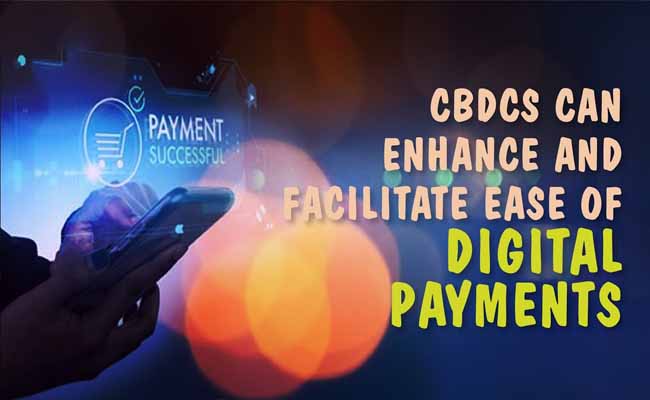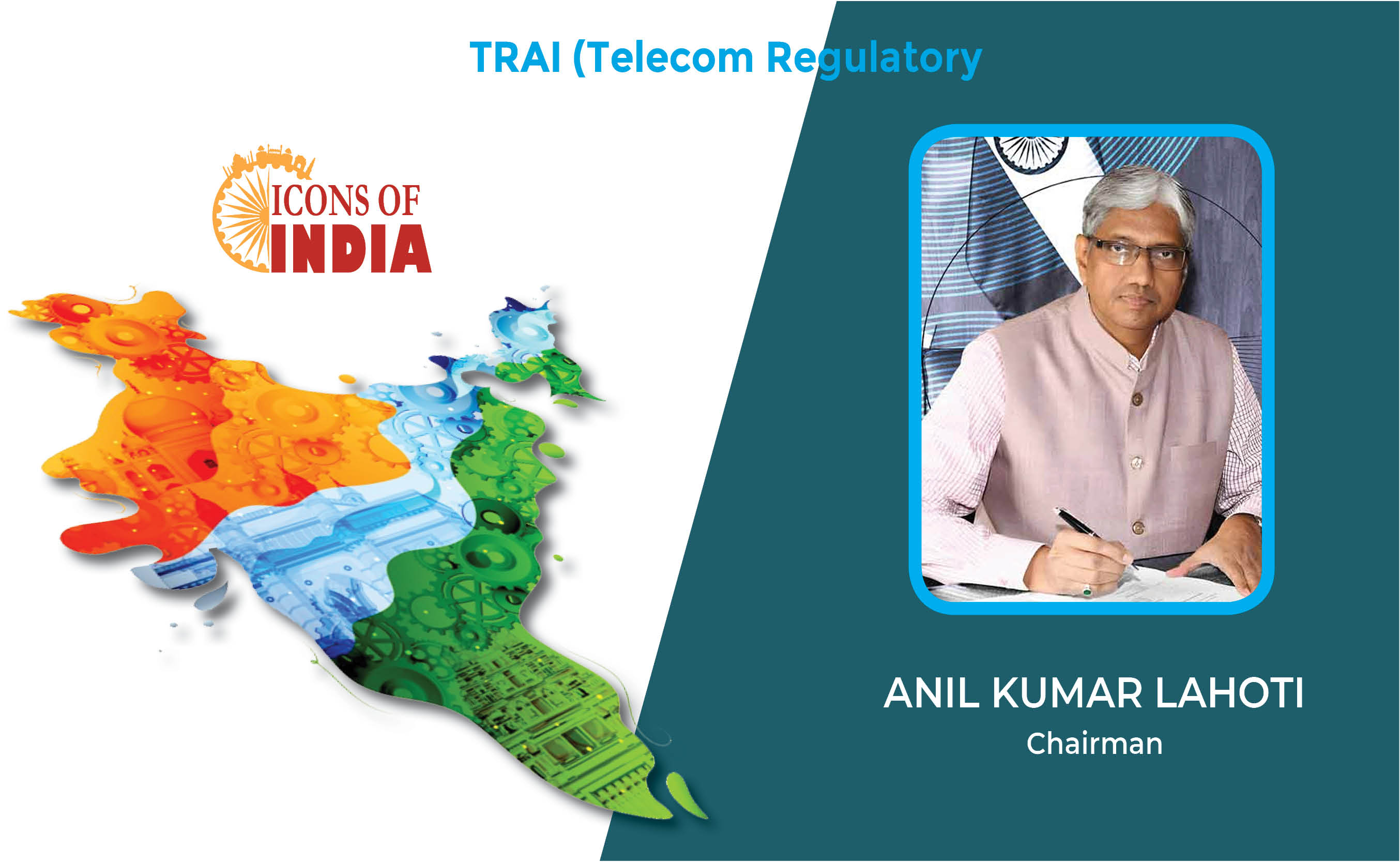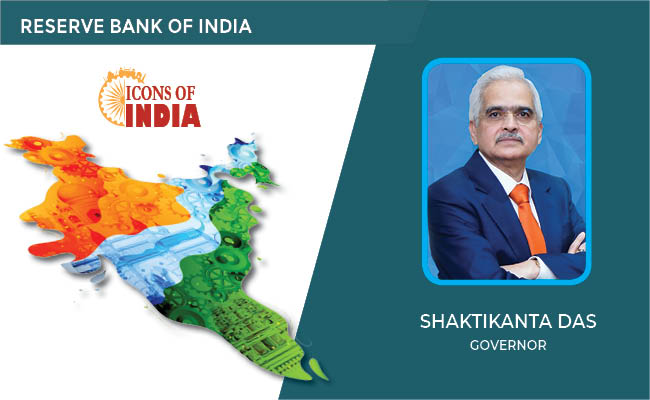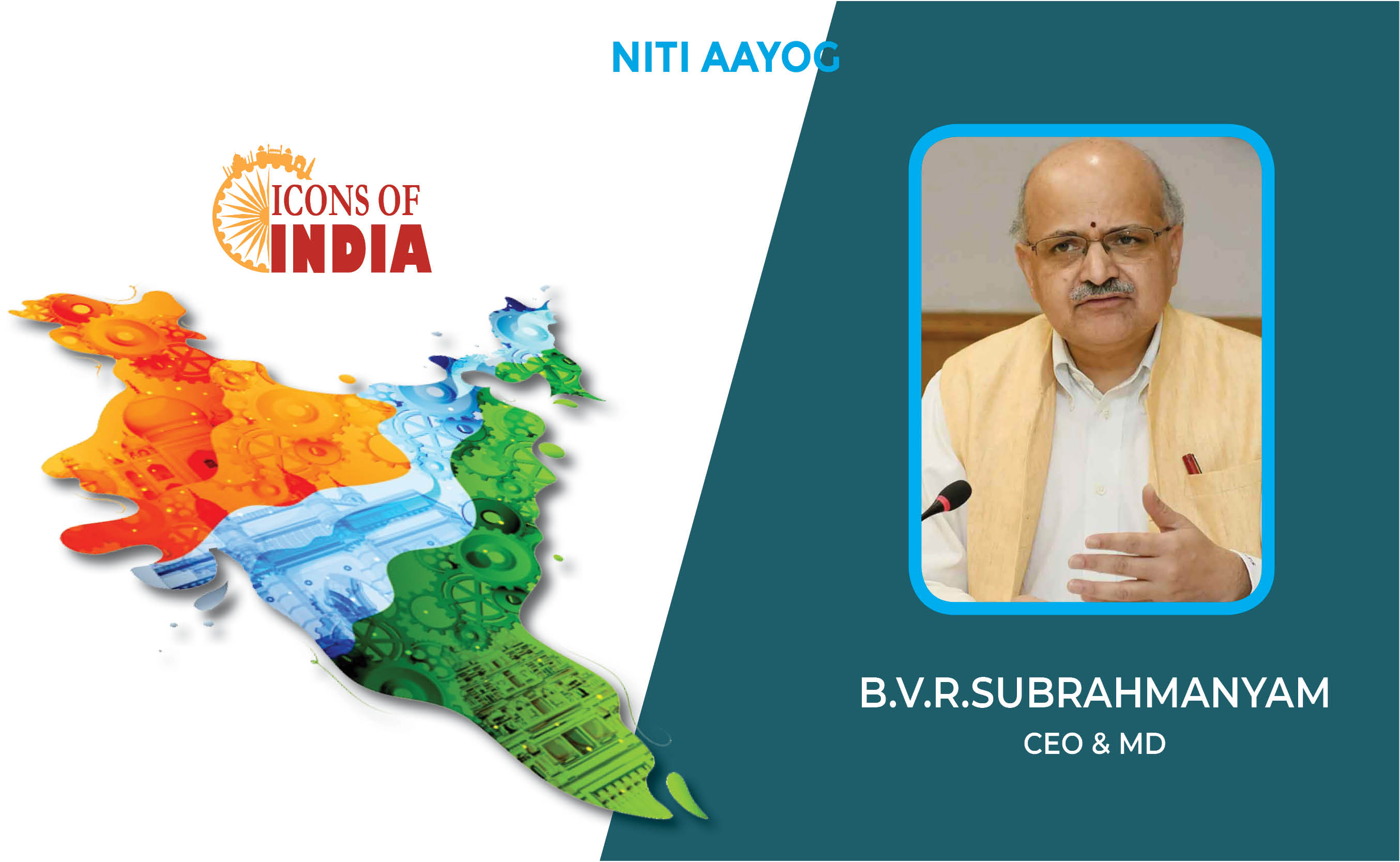CBDCs can enhance and facilitate ease of digital payments
By MYBRANDBOOK

The world has been transforming to go digital, even before Covid-19, cash use in payments was declining in some advanced economies. Central banks are actively researching the pros and cons of offering a digital currency to the public that is central bank digital currency (CBDC). We can’t deny the fact that central banks have gone a long way towards establishing the potential benefits and risks. CBDC is a digital form of central bank money that is different from balances in traditional reserve or settlement accounts.
CBDC would offer a new type of widely accessible, digitally issued money. Importantly, CBDC will not be a cryptocurrency. Cryptocurrencies are designed to work without a central issuing or controlling authority, have a fixed or system-determined money supply, and use distributed ledger technology to record and validate individual transactions using cryptography (blockchain). The central banks retain complete control over the currency and its issuance and in most of the cases will track and certify transactions through a centralised ledger.
The CBDC could be an important instrument for central banks to continue to provide a safe means of payment in step with wider digitalisation of people’s day-to-day lives. CBDCs can enable the banks to not only enhance digital payments but also facilitate ease of payments at the very last mile. It can also help the central banks to reduce the cost, effort, and time spent on printing currencies, managing physical money, and spending efforts towards surveillance and keeping track of counterfeit notes etc.
These developments have resulted in many central banks and governments stepping up efforts towards exploring a digital version of fiat currency and its advantage as the digital currencies is that they are available ubiquitously i.e., as and when a customer needs it. It can also circumvent the middlemen who come in with cash transactions and can also prevent nefarious activities around money transfers and remittances, while lowering the cost of remittance.
Financial services firms are now using Blockchain, which is a distributed-ledger technology. By using blockchain enabled transactions, financial services providers can now lower the cost of cross-border remittances and money transfers. Blockchain also enables to ensure that records are not tampered with and hence can find application in financial compliances, trading of securities, etc.
It also facilitates a method of transaction using digital currencies, which offers a very secure payment method while driving down the cost of transaction, handling of cash etc. CBDCs have some clear advantages over other digital payments systems – payments using CBDCs are final and thus reduce settlement risk in the financial system.


Legal Battle Over IT Act Intensifies Amid Musk’s India Plans
The outcome of the legal dispute between X Corp and the Indian government c...

Wipro inks 10-year deal with Phoenix Group's ReAssure UK worth
The agreement, executed through Wipro and its 100% subsidiary,...

Centre announces that DPDP Rules nearing Finalisation by April
The government seeks to refine the rules for robust data protection, ensuri...

Home Ministry cracks down on PoS agents in digital arrest scam
Digital arrest scams are a growing cybercrime where victims are coerced or ...


Icons Of India : Anil Kumar Lahoti
Anil Kumar Lahoti, Chairman, Telecom Regulatory Authority of India (TR...

SHAKTIKANTA DAS
Shaktikanta Das is serving as the current & 25th governor of the Reser...

Icons Of India : B.V.R. Subrahmanyam
A 1987 batch (Chhattisgarh cadre) Indian Administrative Service Office...


ITI - ITI Limited
ITI Limited is a leading provider of telecommunications equipment, sol...

CSC - Common Service Centres
CSC initiative in India is a strategic cornerstone of the Digital Indi...

C-DAC - Centre for Development of Advanced Computing
C-DAC is uniquely positioned in the field of advanced computing...


Indian Tech Talent Excelling The Tech World - Rajiv Ramaswami, President & CEO, Nutanix Technologies
Rajiv Ramaswami, President and CEO of Nutanix, brings over 30 years of...

Indian Tech Talent Excelling The Tech World - ANJALI SUD, CEO – Tubi
Anjali Sud, the former CEO of Vimeo, now leads Tubi, Fox Corporation�...

Indian Tech Talent Excelling The Tech World - ARVIND KRISHNA, CEO – IBM
Arvind Krishna, an Indian-American business executive, serves as the C...
 of images belongs to the respective copyright holders
of images belongs to the respective copyright holders